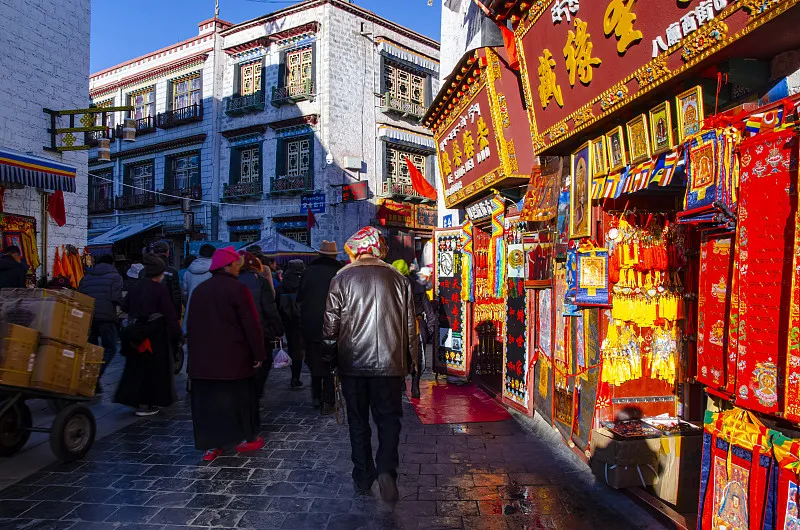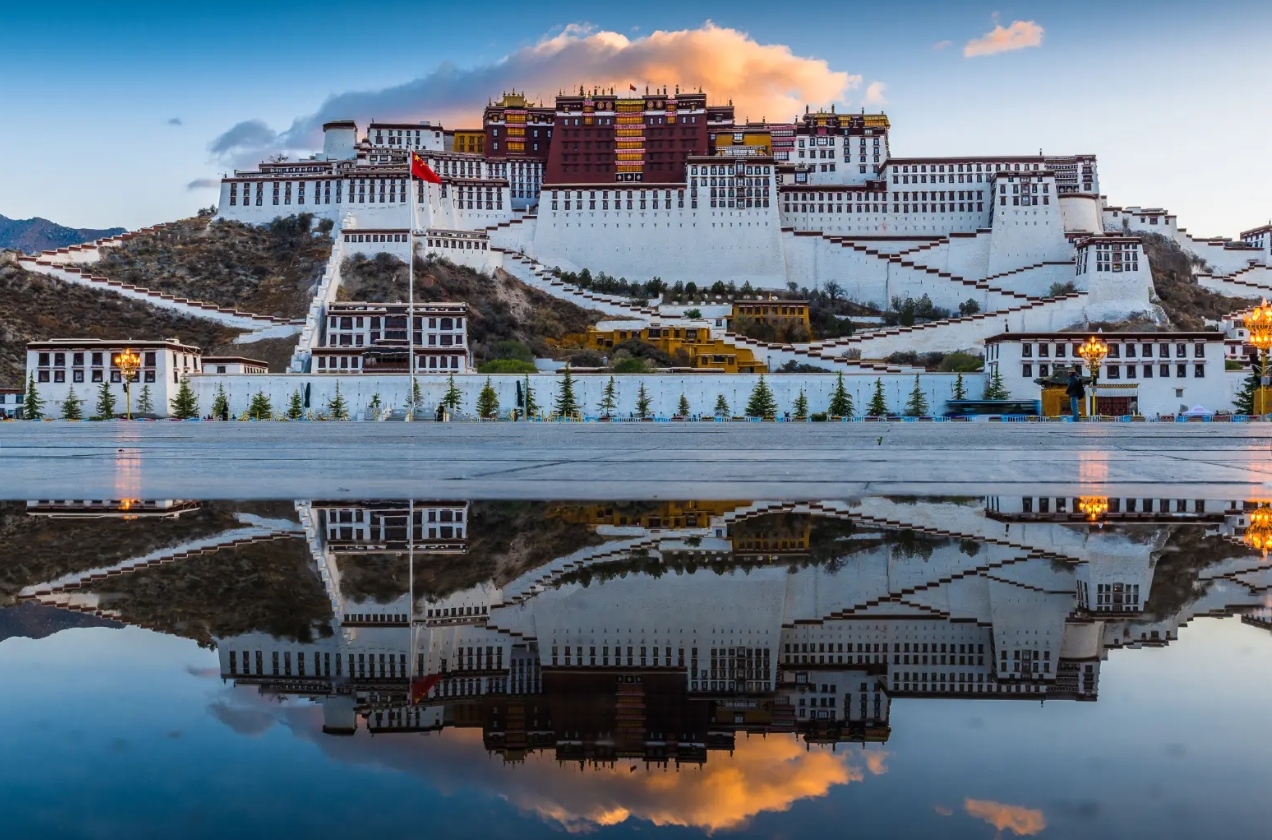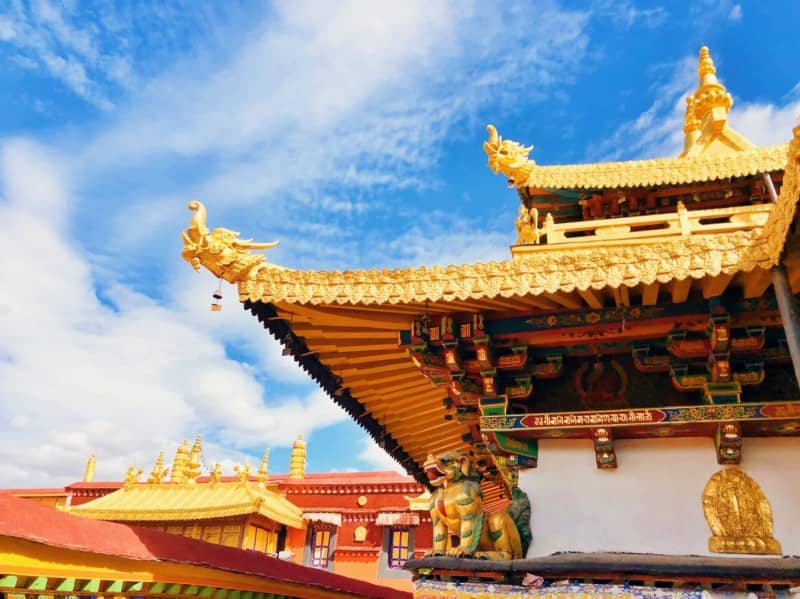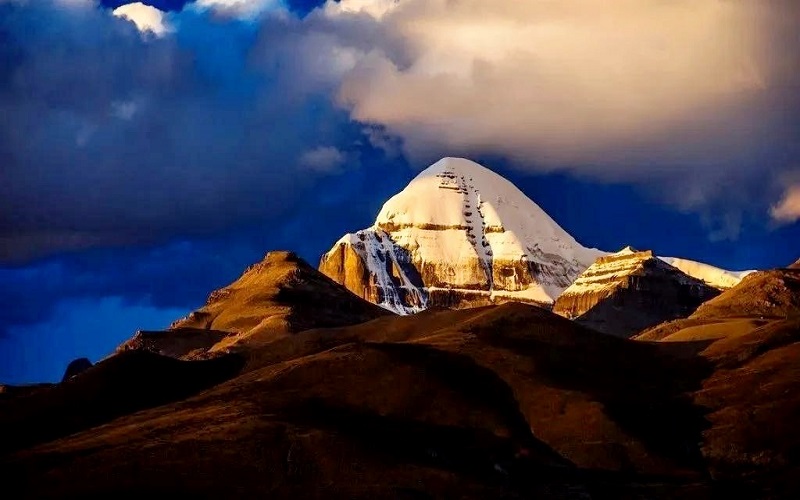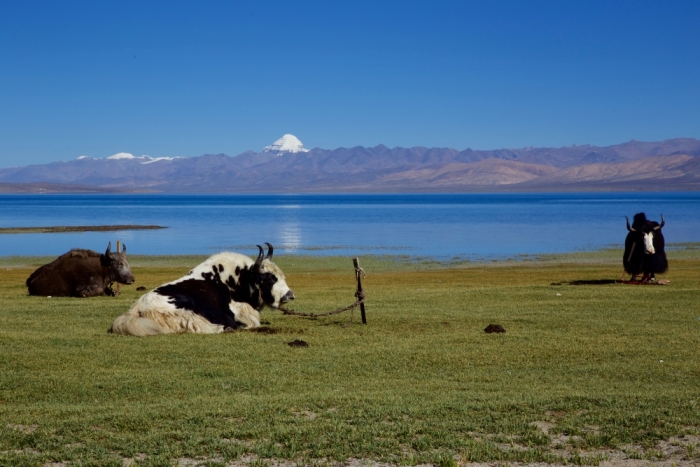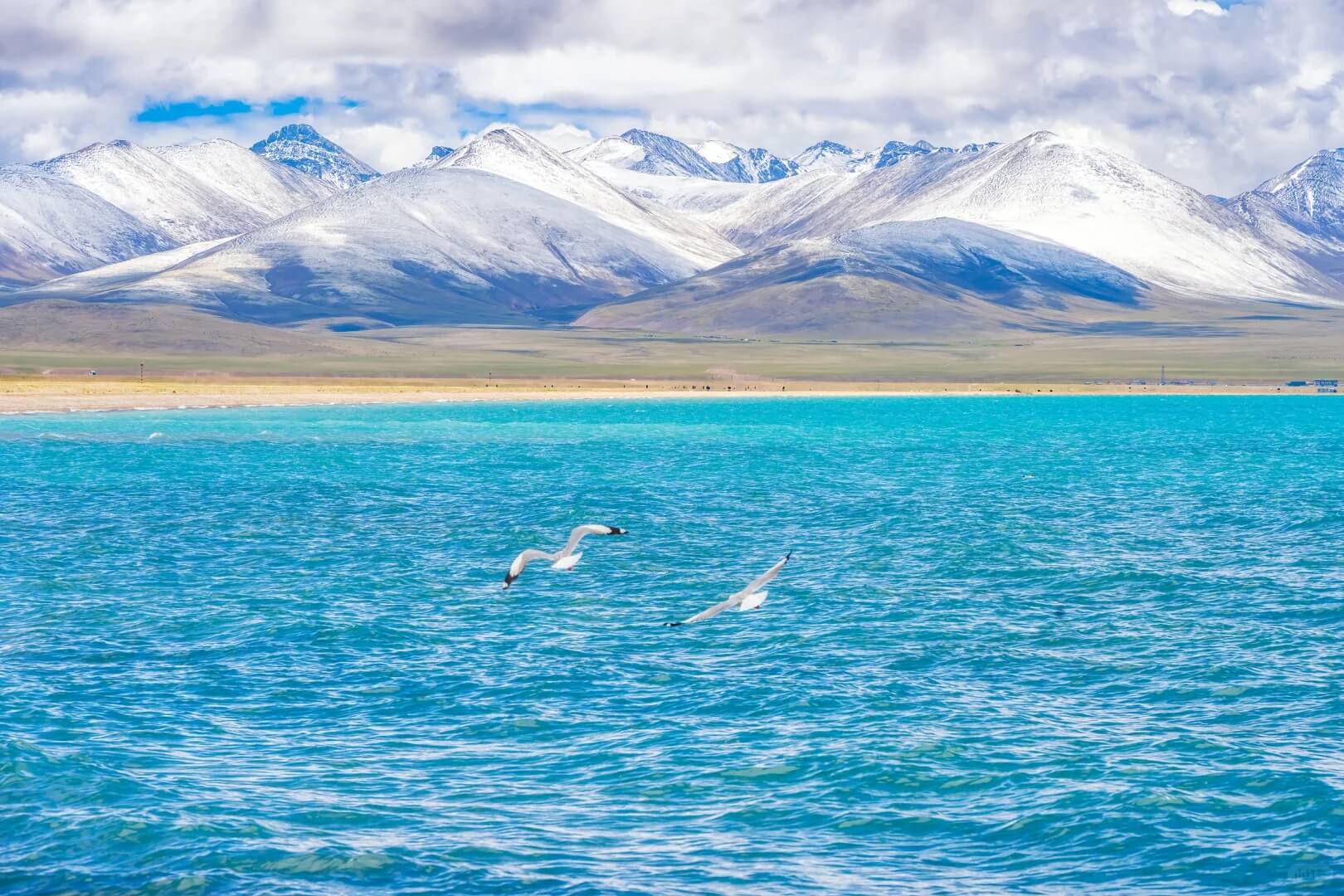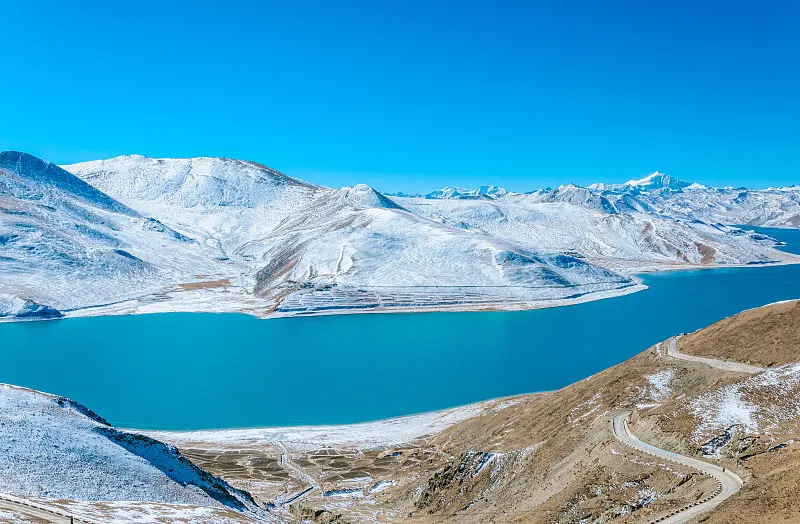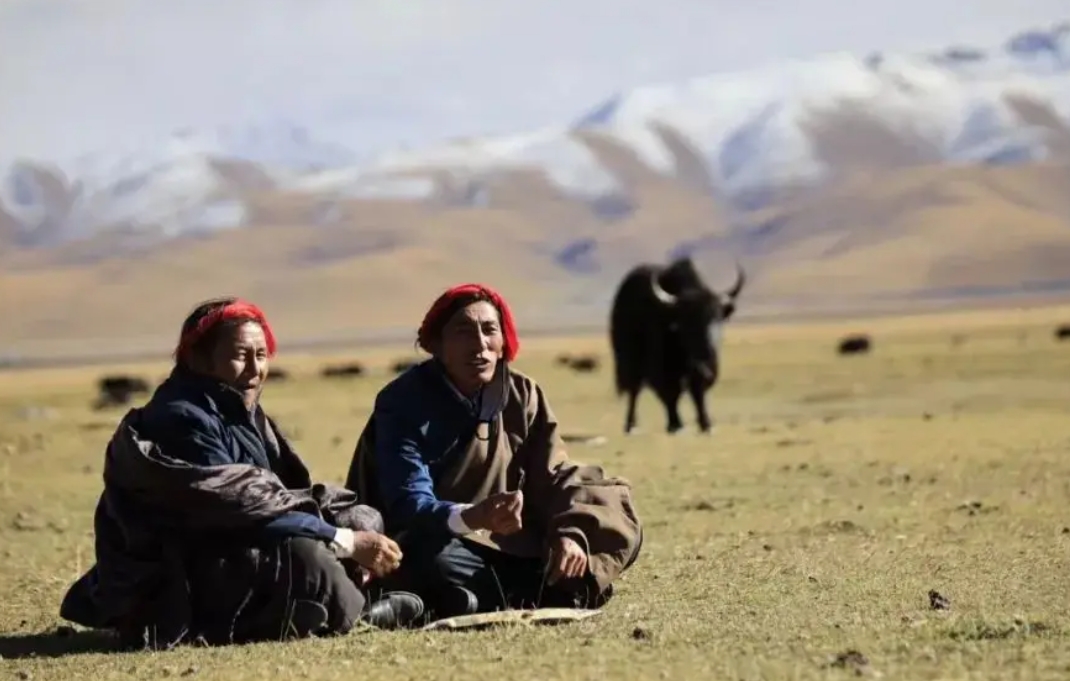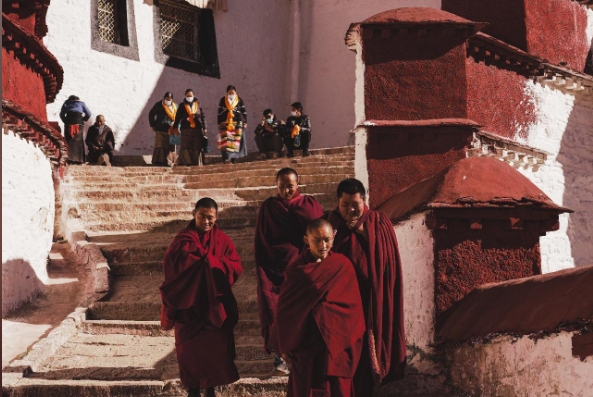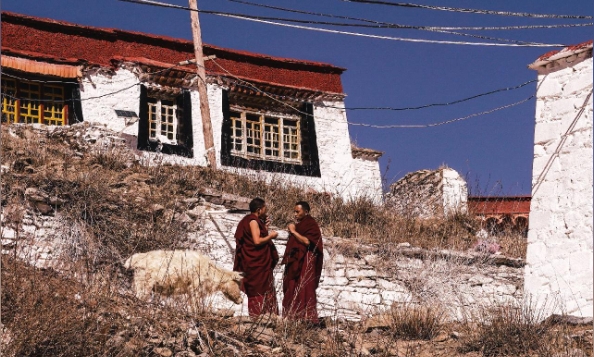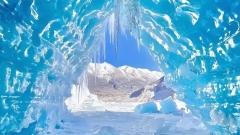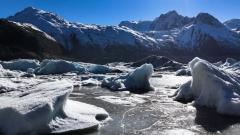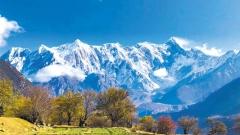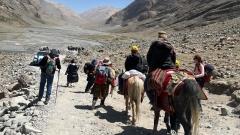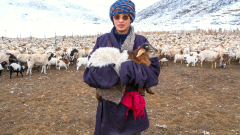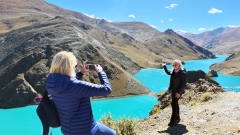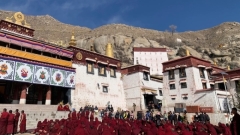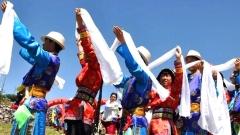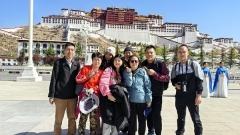Tibet is not only a destination for pilgrims and adventurers — it’s a dreamland for photographers. From golden-robed monks and spinning prayer wheels to glacial lakes and snow-capped peaks, Tibet offers a visual feast at every turn. Whether you’re a professional with a DSLR or a traveler with a smartphone, the light, colors, and spiritual aura of this land are unlike anywhere else.
Golden Hour in Lhasa: Capturing Ancient Architecture
Lhasa, the heart of Tibet, is home to some of the most photogenic architecture in Asia. Early morning and sunset are the perfect times to photograph:
-
Potala Palace: Its red and white walls glow in the golden light, set against deep blue skies.
-
Jokhang Temple: Bustling with pilgrims, the plaza is alive with devotion and cultural detail.
-
Barkhor Street: A great place to capture local Tibetan life, street vendors, and prayer flags.
Don’t forget to look up — the rooftops are full of colorful flags and spinning prayer wheels that add vibrant texture to your shots.
Sacred Mountains and Mirror-Like Lakes
Some of Tibet’s most iconic images come from its vast landscapes. For nature photographers, these locations are must-visits:
-
Mount Kailash: Often considered one of the most sacred peaks in the world, it’s also one of the most dramatic subjects to photograph.
-
Lake Yamdrok: Its turquoise waters and surrounding hills change color throughout the day.
-
Lake Namtso: Perfect for star photography, especially during the summer months when the Milky Way can be seen in full.
Pro tip: Sunrise and sunset provide the best colors — plan to stay overnight near these locations for perfect lighting conditions.
Faces of Tibet: Portrait Photography with Purpose
What makes Tibet so captivating is its people. Tibetans wear their faith on their sleeves, often in traditional clothing adorned with silver jewelry, prayer beads, and handwoven fabrics. With their permission, you can capture:
-
Elderly pilgrims walking in devotion
-
Monks debating philosophy in monasteries
-
Children in village schools or playing on open plains
Be respectful: always ask before taking a close-up, and offer thanks in Tibetan — “thuk-je-che” (thank you).
Unique Festivals Full of Color and Motion
Festivals are a treasure trove for cultural and action photography. Bright costumes, energetic dances, and lively crowds create dynamic scenes.
Top festivals to photograph include:
-
Shoton Festival in Lhasa (August): Giant Thangka unveiling and Tibetan opera performances
-
Saga Dawa Festival (May or June): Thousands of pilgrims circle Mount Kailash
-
Butter Lamp Festival (February or March): Monasteries glow with thousands of flickering lights at night
Bring a fast lens to capture low-light magic and movement without blurring.
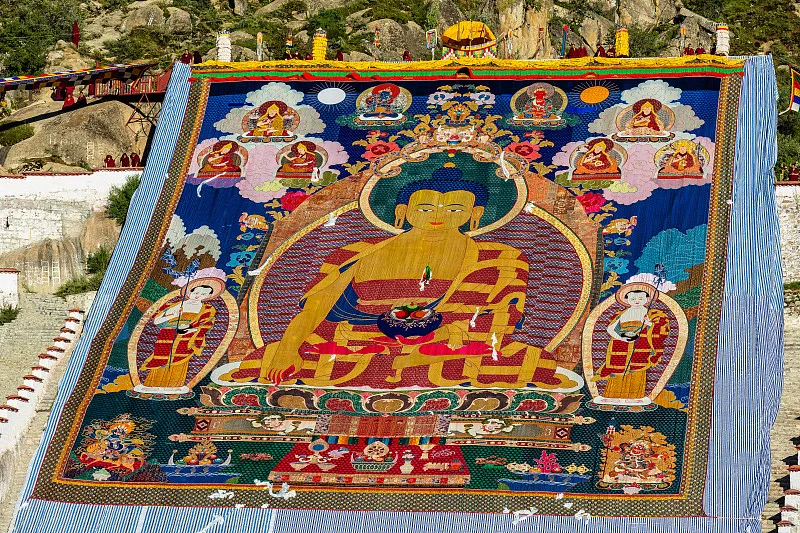
Practical Photography Tips for Tibet
-
Battery life: Cold temperatures at altitude drain batteries faster. Bring spares and a power bank.
-
Drones: Strictly regulated; check local laws and always get permission.
-
Altitude: Take it slow — don’t rush to remote sites on Day 1. Acclimate in Lhasa first.
-
Weather: Sudden changes are common. Bring protective gear for your camera.
-
Respect: Some monasteries prohibit photography indoors — look for signs or ask a monk.
Travel Tibet with Photography in Mind
China Dragon Travel offers specialized photography-friendly Tibet tours, with local guides who know the best light, views, and hidden gems. Whether you’re chasing that perfect mountain reflection or hoping to document Tibetan spirituality, we’ll make sure you’re in the right place at the right time.



